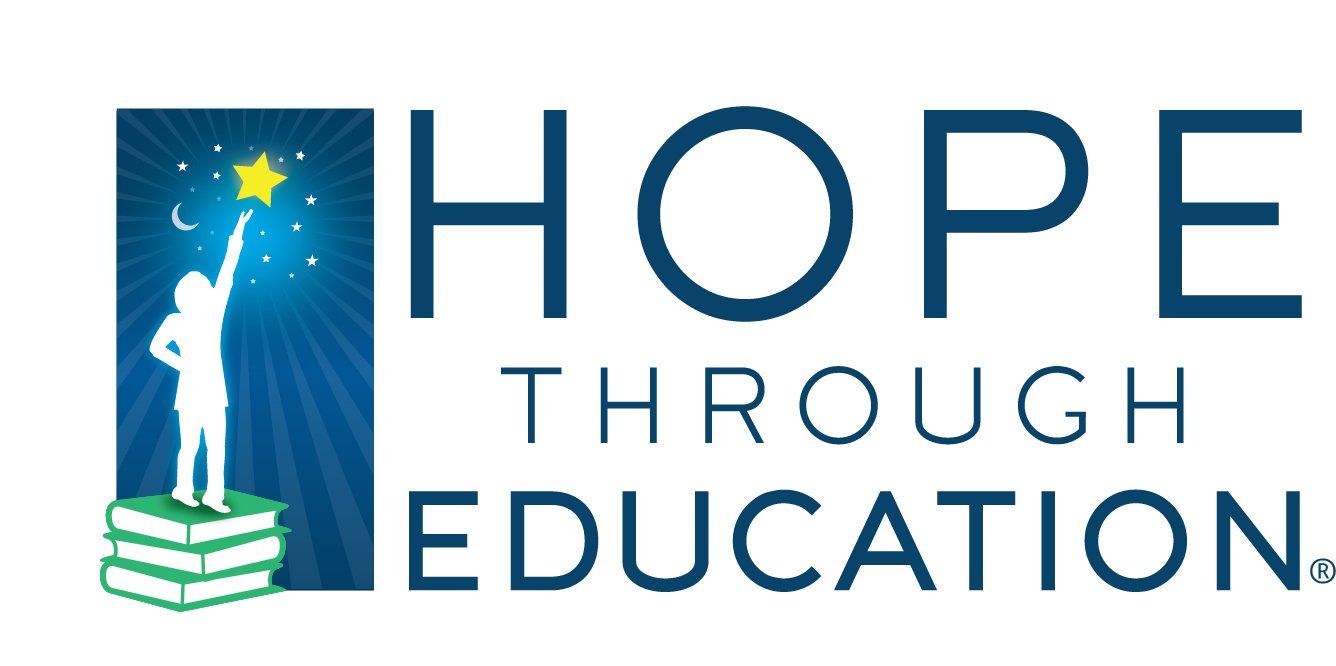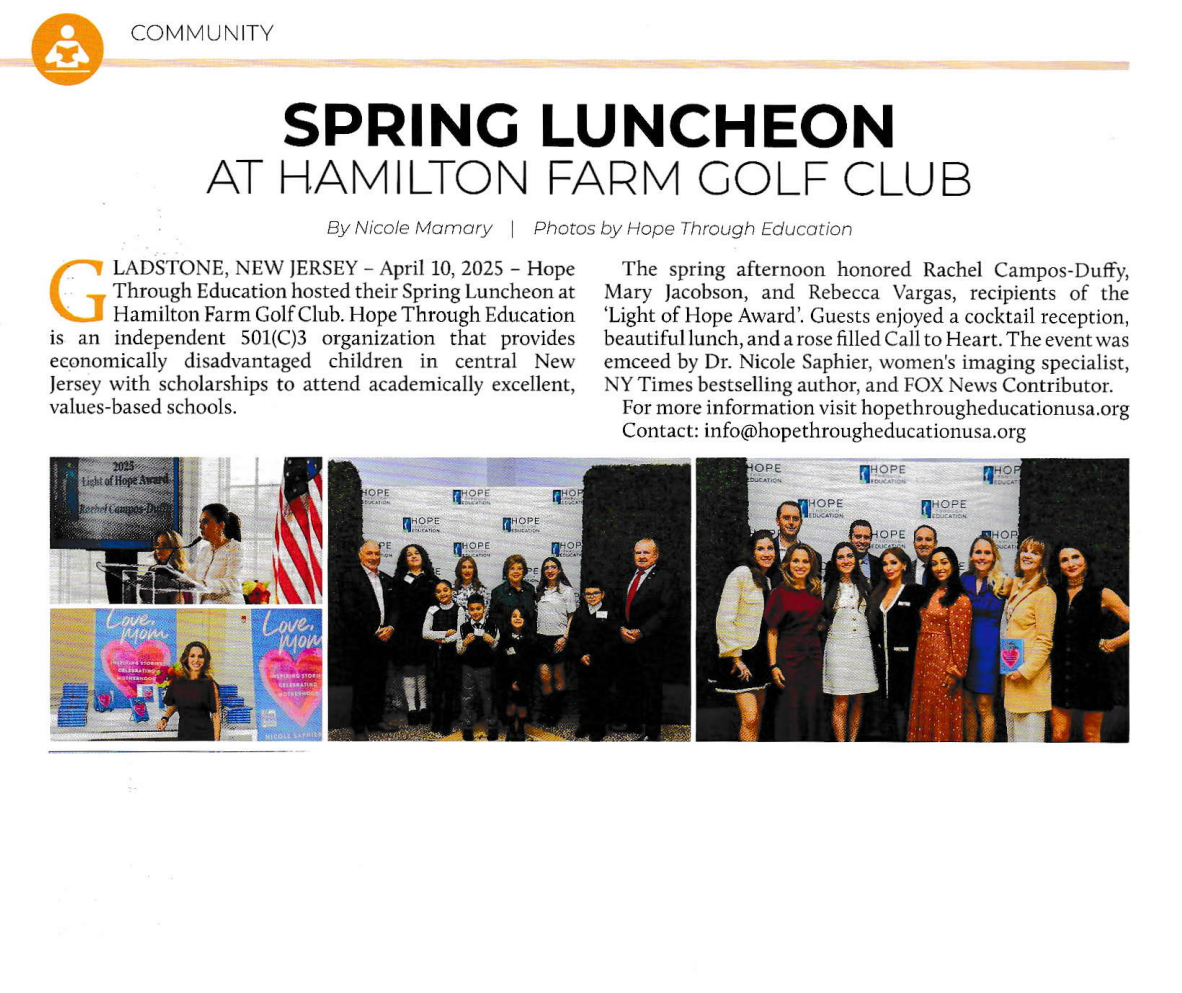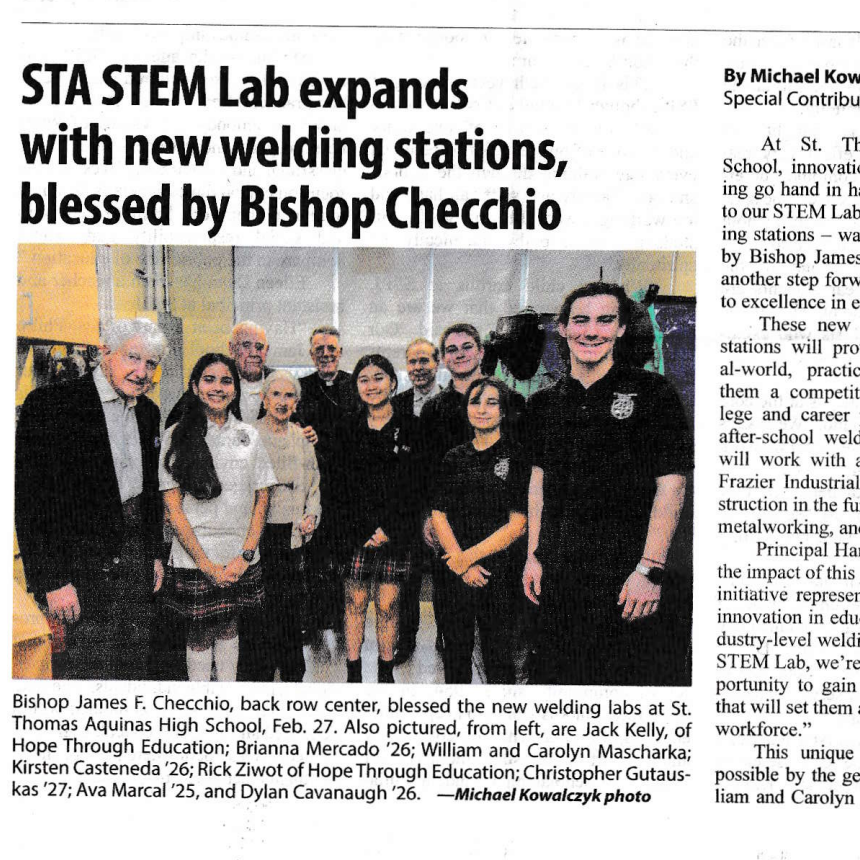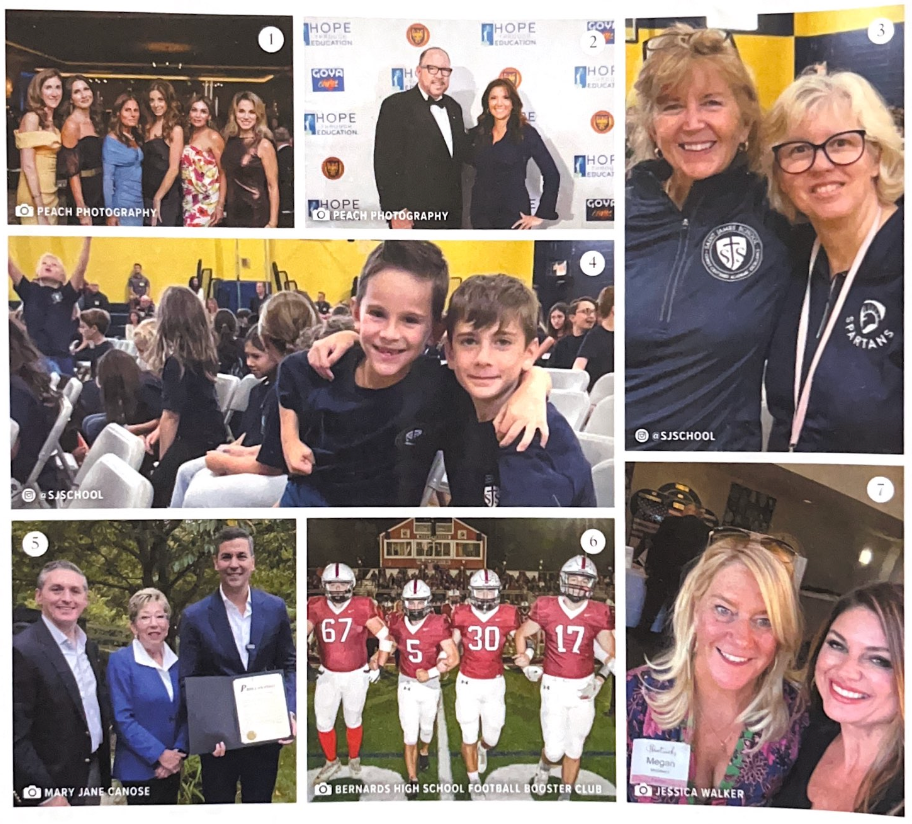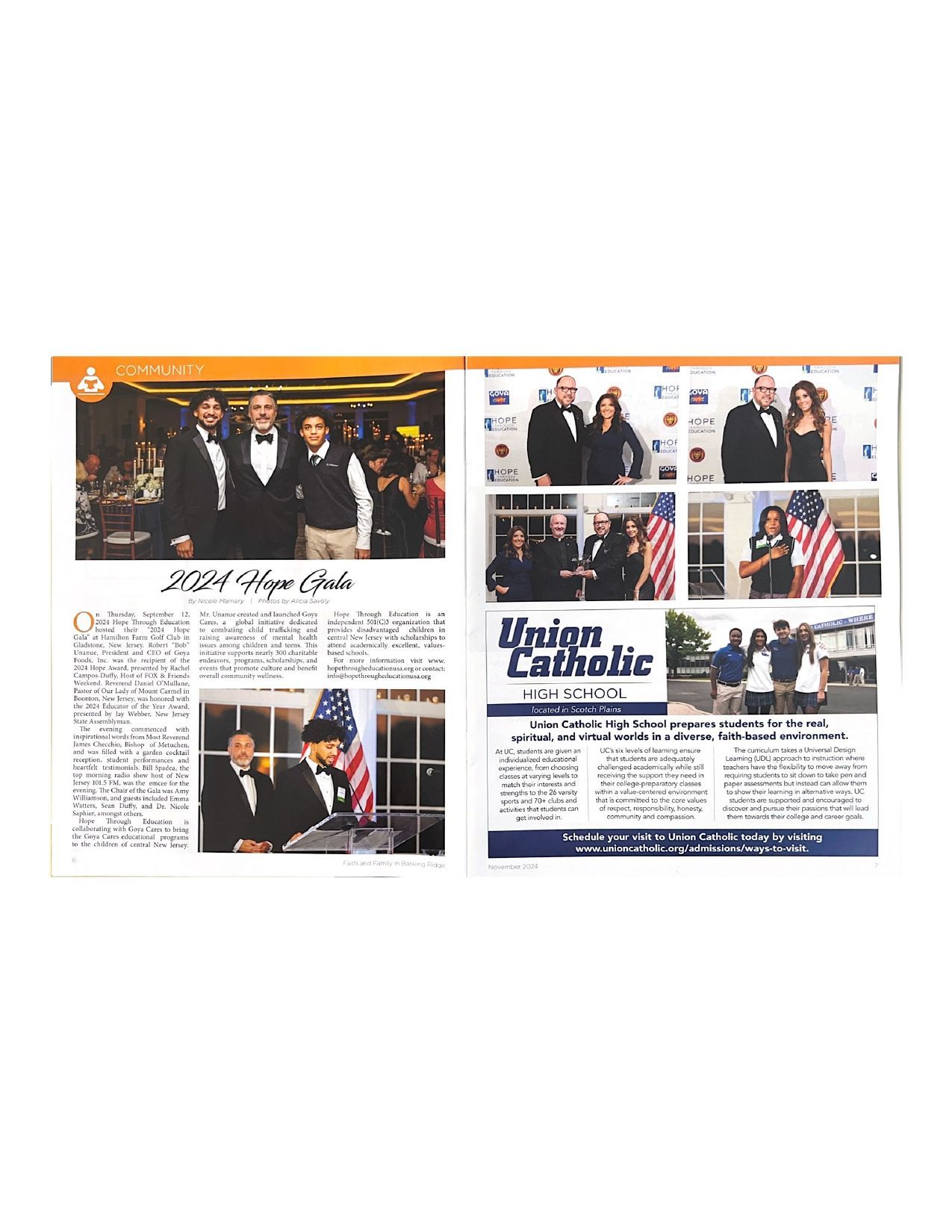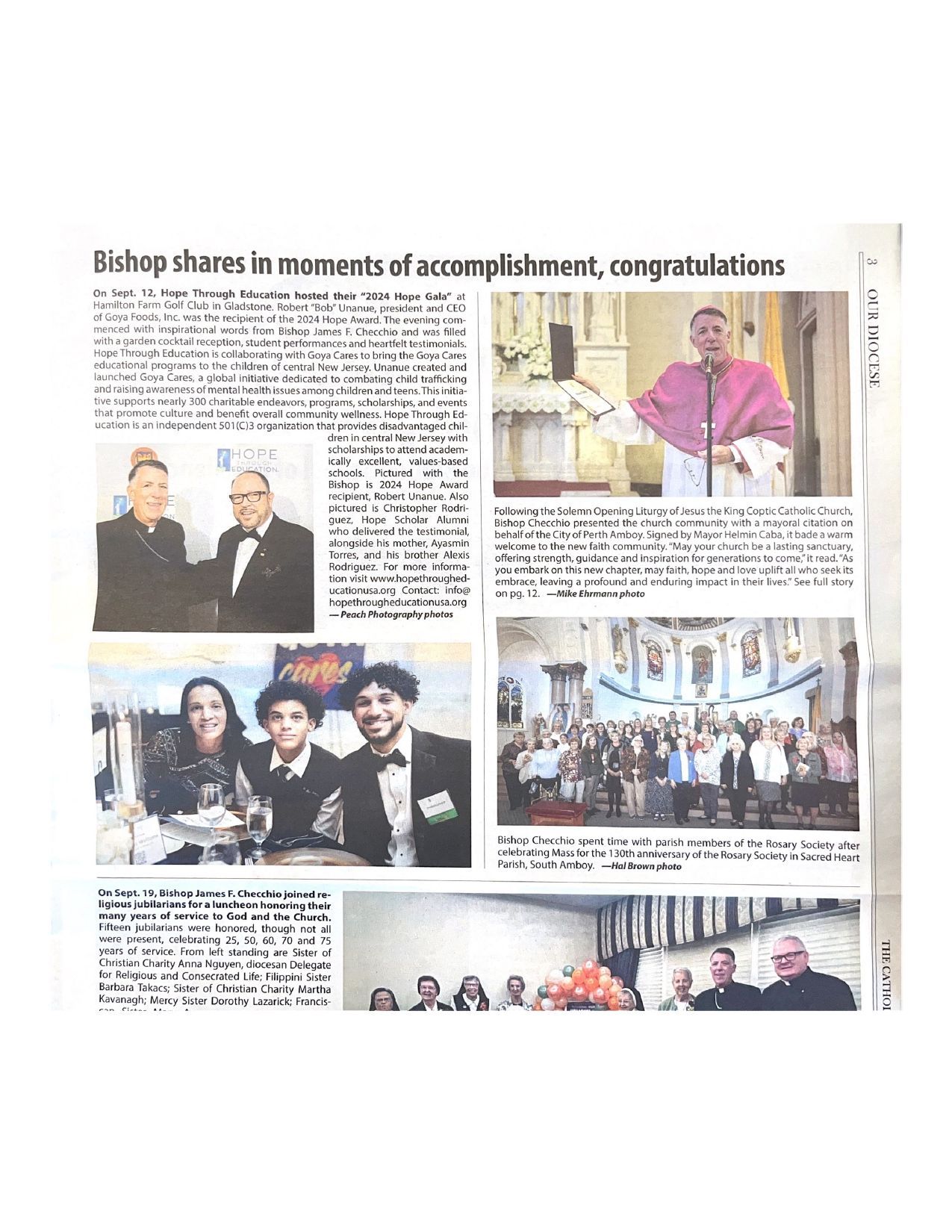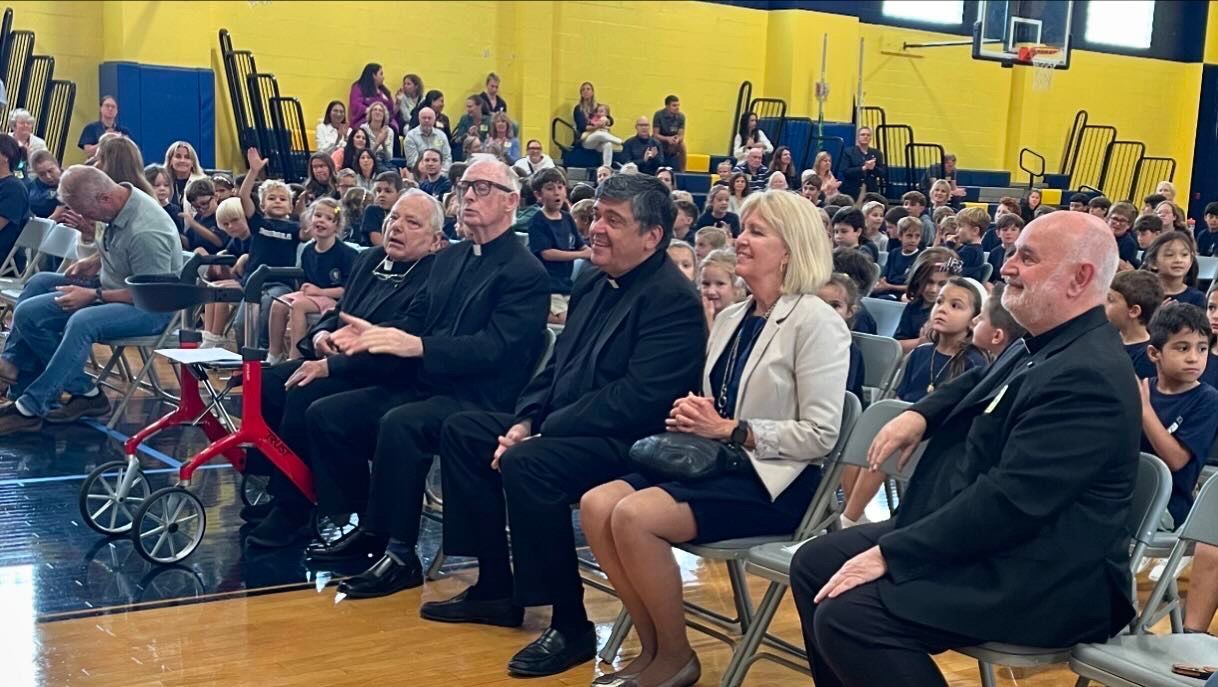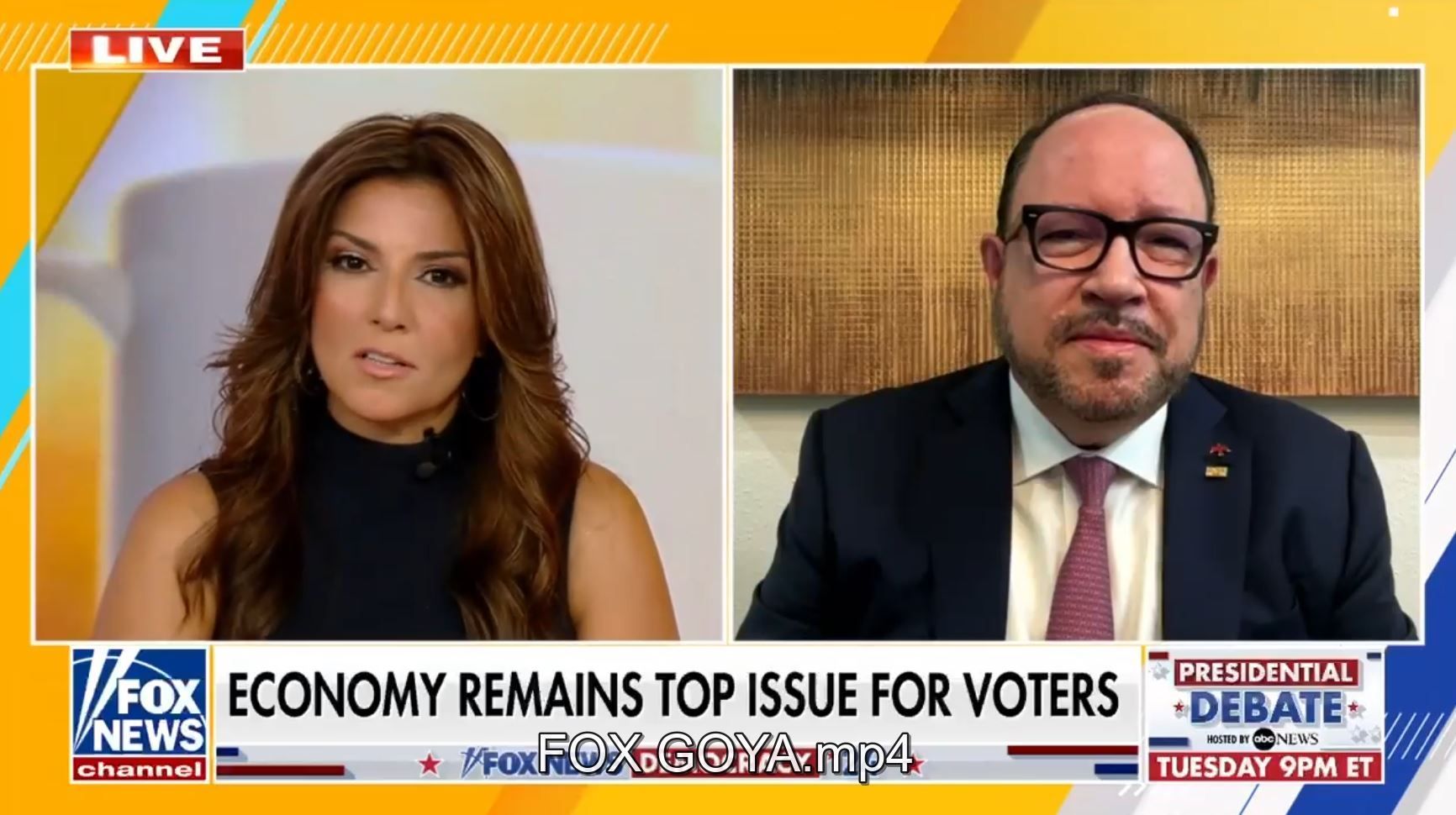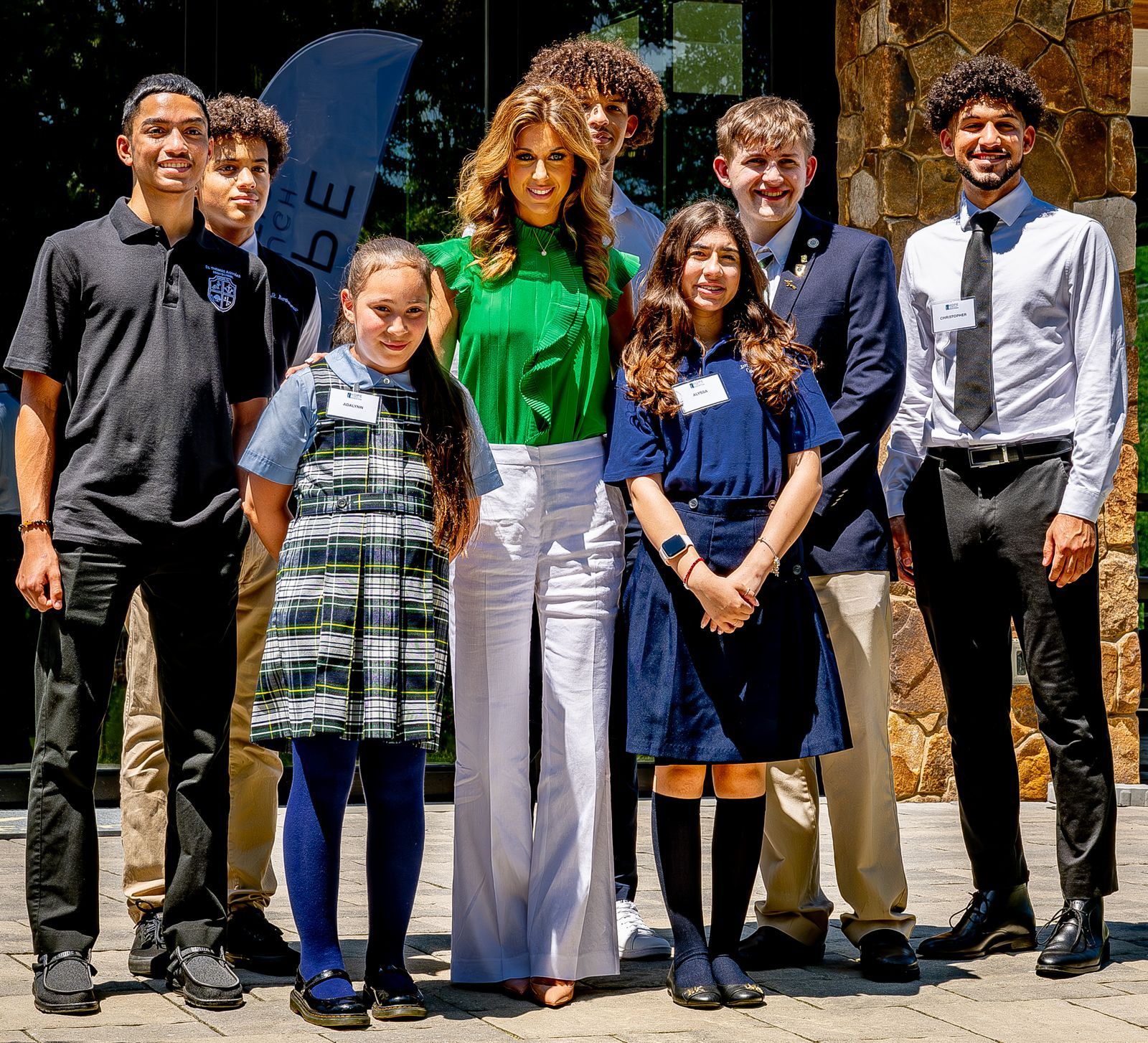A Classical Revival: How a New Jersey Catholic School Went From Almost Closed to Thriving
A Classical Revival: How a New Jersey Catholic School Went From Almost Closed to Thriving
If OLMC’s success is any measure, the classic approach may be the way to salvage Catholic education in the United States.
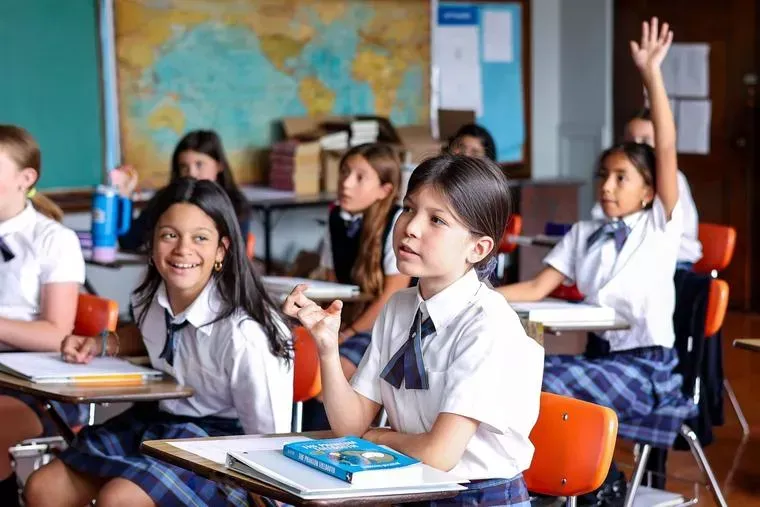
Our Lady of Mount Carmel School in Boonton, New Jersey, is characterized by Catholic identity — and discourse, not strict lesson plans. (photo: Courtesy of Our Lady of Mount Carmel School)
Mark Di Ionno | Education | August 6, 2025
All the altar boys wore black shoes, something not seen in most parish Masses for decades as church dress became more lax. There were 11 of them, a large number these days, dressed in white surplices over black cassocks. The boys led Father Daniel O’Mullane to the altar for the weekly Mass at Our Lady of Mount Carmel (OLMC) School in Boonton, New Jersey, after the children had filed in grade by grade: Girls in blue and gray plaid skirts, white blouses and navy-blue sweaters and boys in gray pants and white shirts with ties filled the church.
For Catholic baby boomers, the Friday morning Mass looked like something out of the mid-1960s, when 6 million American children attended more than 12,000 Catholic schools. But if they went into OLMC’s classrooms today and heard classes conducted by open, Socratic discussion and not strict, outlined lesson plans, or heard philosophical discourse on virtues rather than nun-approved rote definitions, they wouldn’t believe their ears.
“We teach that faith provides attainment of a meaningful existence,” Father O’Mullane said. “We teach about what is true, good and beautiful. In the classroom, the animating principles are courage and charity, taught through Christ’s life and the Gospel, and Greek, Roman and Catholic intellectualism.”
There is emphasis on great books and great thinkers, from Socrates, Plato and Aristotle to Jesus Christ, St. Paul the Apostle, St. Augustine and St. Thomas Aquinas. High schoolers read Homer’s The Odyssey, De Officiis (“On Duties”) by Cicero and The Aeneid by Virgil. Latin lessons begin in grade school.
This ancient and now modern concept of education would be foreign to most people who attended 20th-century Catholic grammar schools, which reached their high point with the World War II generation’s offspring. For those children of Irish, Italian and Polish descent, the emphasis was on following the rules more than creative thinking. Religious sisters, then 200,000 strong nationally, were the predominant teachers, and they ruled with, well, rulers.
As the nuns have passed on, Catholic schools struggled to pay lay teachers, a contributing factor along with aging infrastructure and a decline in church worship that has seen the number of Catholic schools dwindle to less than 6,000 today.
OLMC in Boonton almost became a statistic in 2014, when attendance in the K-8 school dipped to below 70 students and combining grades almost became a means for survival. Then came Father O’Mullane in 2015, who introduced the concept of classical Catholic education — and 10 years later, the school now has 350 students and has added a secondary school called the Lumen Gentium High School Academy.
If OLMC’s success is any measure, the classic approach may be the way to salvage Catholic education in the United States.
According to the Heritage Foundation, there are more than 1,000 classical education schools in the U.S., and 250 of them have opened since 2020. Member schools of the Institute for Catholic Liberal Education (ICLE), such as OLMC, have tripled over the past 10 years. There are 237 today and at least one in all 50 states.
Lucas Fuentes, 18, is one of 11 students who graduated from Lumen Gentium this year and gave up sports, big proms, and other normal high-school extracurriculars to continue OLMC’s brand of education. He started in sixth grade, when his stepfather Douglas Minson came from the Great Hearts network of schools in Texas, Arizona and Louisiana to help Father O’Mullane “renovate” OLMC. “My education here has made me more curious about everything,” Lucas said.
“My classmates are the same way. Most of us stay away from social media and are striving for academic excellence.”
The high school does have a wrestling team and track and field for now, not so much in keeping with the ancient Greek Olympics, but to enhance a “more robust view of the full human person,” which is the way Father O’Mullane explains the school’s educational philosophy.
Teachers weave Catholic history and doctrine and its rightful place in forming Western civilization into every subject, introduced to children before some can even tie their shoes. For example, teacher Kim Marion explained what her first-graders learn about the fall of Rome and the rise of Christianity.
In the story of Christians fearing persecution and hiding in the catacombs, the children discover how the simple fish drawing became a Christian symbol. Early Christians drew the symbol on doors or in the dirt to know if hiding or gathering places were safe, not because of miracles of loaves and fishes, as described in all four Gospels, as some believe, but because the Greek word for “fishes” — Ichthýes — translates to an acronym for “Jesus Christ Son of God Savior.”
Marion began teaching in Catholic schools 38 years ago and spent the first 25 at a school now closed. She came to OLMC afterward and saw the transition.
“Here, we now start every day with prayers, Our Father and Hail Mary, and talk about how beautiful God made our world,” Marion said. “Even in first grade, we apply Socratic thinking, and we have open-ended discussions as they learn about Mesopotamians, ancient Egyptians and Jews, and Greeks and Romans. The children learn by listening and talking.”
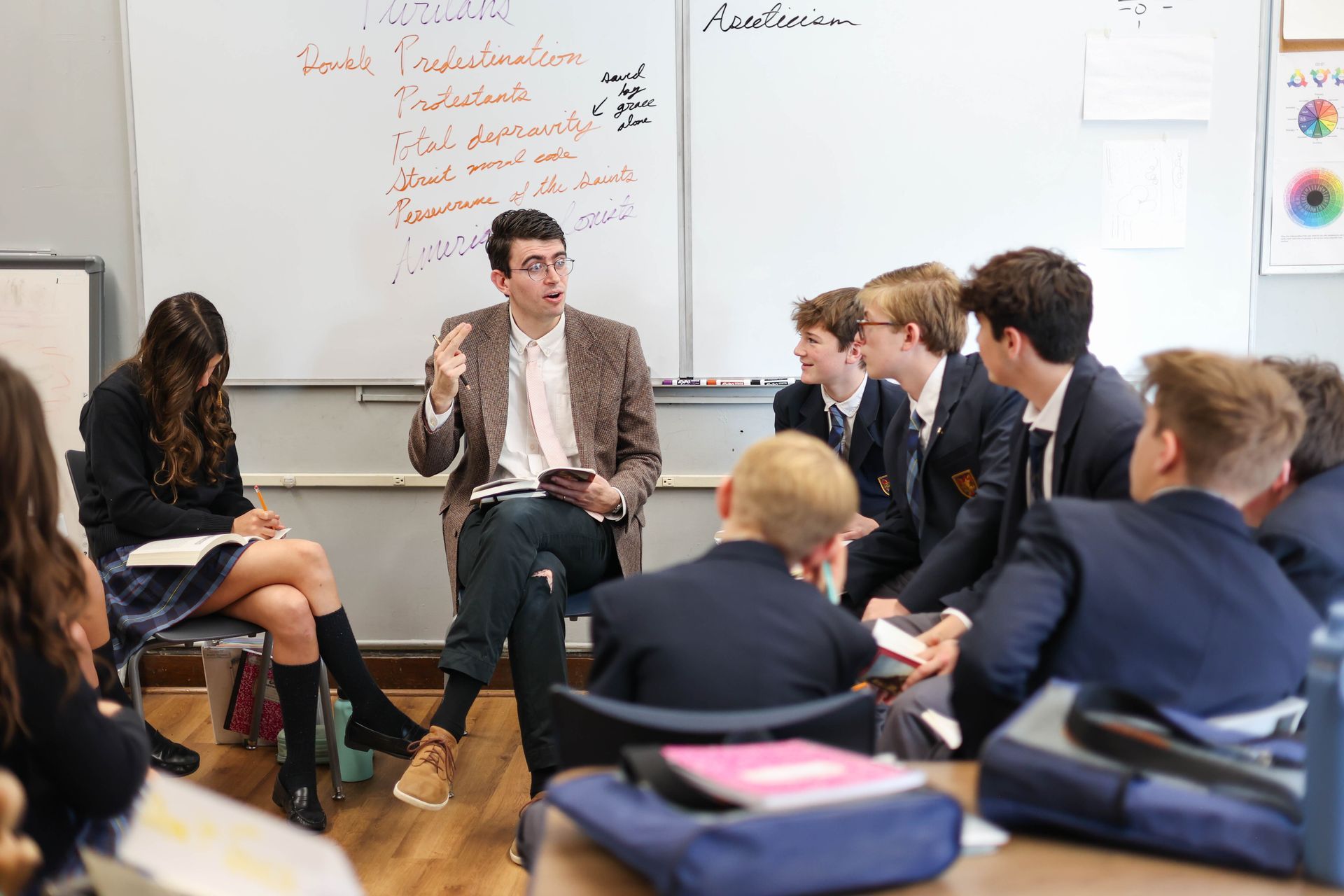
‘We teach about what is true, good and beautiful,’ explains Father Daniel O’Mullane of the school’s curriculum. (Photo: Courtesy of Our Lady of Mount Carmel School)
“I love what Father Daniel has done here,” Marion said.
“I’m learning, too, and getting the Catholic education as an adult that I wish I got as a child.”
Father O’Mullane, 43, shaped his views at the Pontifical North American College in Rome. “To study at the very heart of the Church and be very much immersed in the Catholic intellectual tradition reinforced that the Church has a lot to offer in the realm of great philosophy and it needs to be offered in Catholic education,” he said.
With his degree in sacred theology, Father O’Mullane took assignments around his hometown of Mountain Lake, New Jersey, a neighboring town of OLMC, including the very well-regarded Pope John High School in Sparta, New Jersey, where he was the chaplain and taught theology. But a short stop at St. Pius X Church in the Garden State’s Montville shaped his vision for OLMC.
“I worked pretty close with the teachers, and I saw how the [grammar] school ran,” Father O’Mullane said. “This isn’t necessarily a criticism of St. Pius [which has since closed], but most Catholic schools became too much like public schools.”
“In a society when people decide what matters most to them, everything else serves that purpose,” he continued. “America is built on the worship of money, so education became the thing that gets you to the place to earn high wages.”
In 1998, during a visit with Midwestern bishops, Pope John Paul II said that “the greatest challenge to Catholic education in the United States today, and the greatest contribution that authentically Catholic education can make to American culture, is to restore to that culture the conviction that human beings can grasp the truth of things and, in grasping that truth, can know their duties to God, to themselves and their neighbors.”
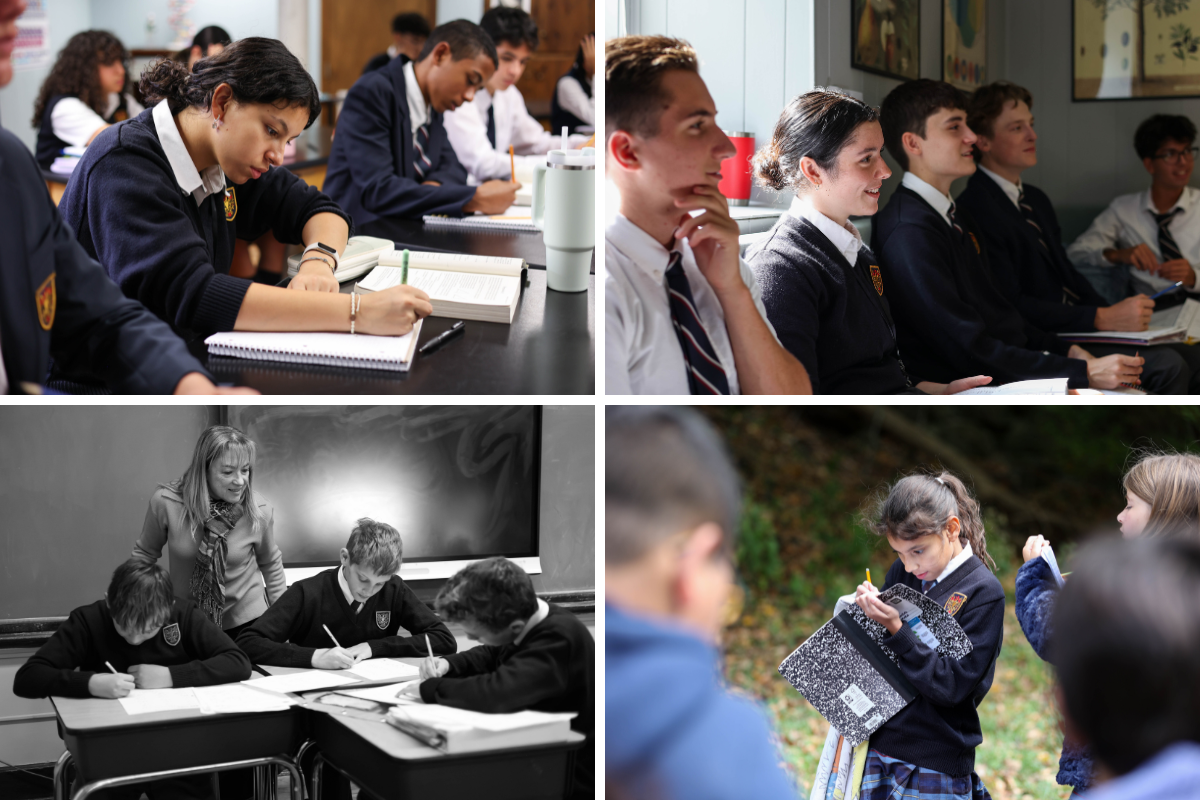
Discussion and study are hallmarks of Our Lady of Mount Carmel School.(Photo: Courtesy of Our Lady of Mount Carmel School)
Father O’Mullane put it this way: “A society is healthiest when there is the worship of God, and we find joy in virtuous living. These are the virtues described in Galatians [5: 22-23]: love, joy, peace, forbearance, kindness, goodness, faithfulness, gentleness and self-control.”
Eze Abosi has three children in OLMC, a fourth-grader, second-grader and one attending OLMC’s Montessori pre-K.
“First and foremost, we wanted an education that centered on our Catholic faith,” Abosi said, “and a classical education with an emphasis on the arts. My kids can read Latin. They can read music. Most weeks they have to memorize and recite a classic poem.”
Abosi, like many parents in the school, says an education that centers on faith and family values looks even better when compared to what is happening in some public schools.
“In these critical years of my children’s development, I’d rather have them learn the things being taught at OLMC.”
While public-school closings during COVID, video learning and forced discussions of sexual orientation and gender identity drove some parents to OLMC, Father O’Mullane says the curriculum is what keeps them there.
“It is transformative,” he said. “We are shaping their hearts with truth, beauty and goodness together, to help them grow into ennobled people.”

